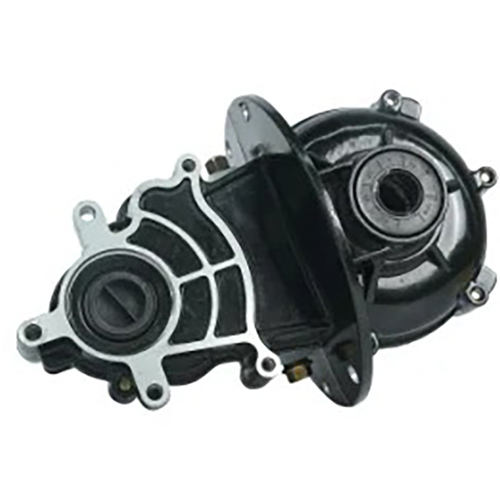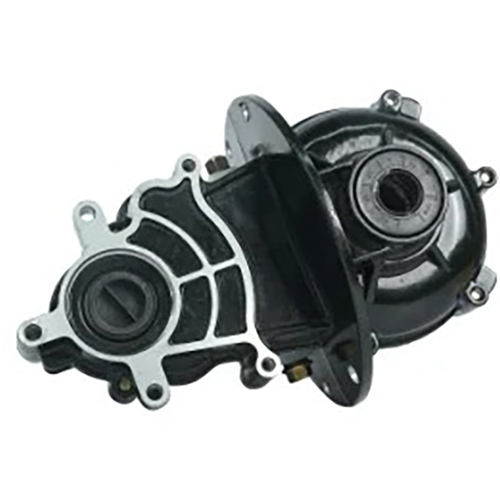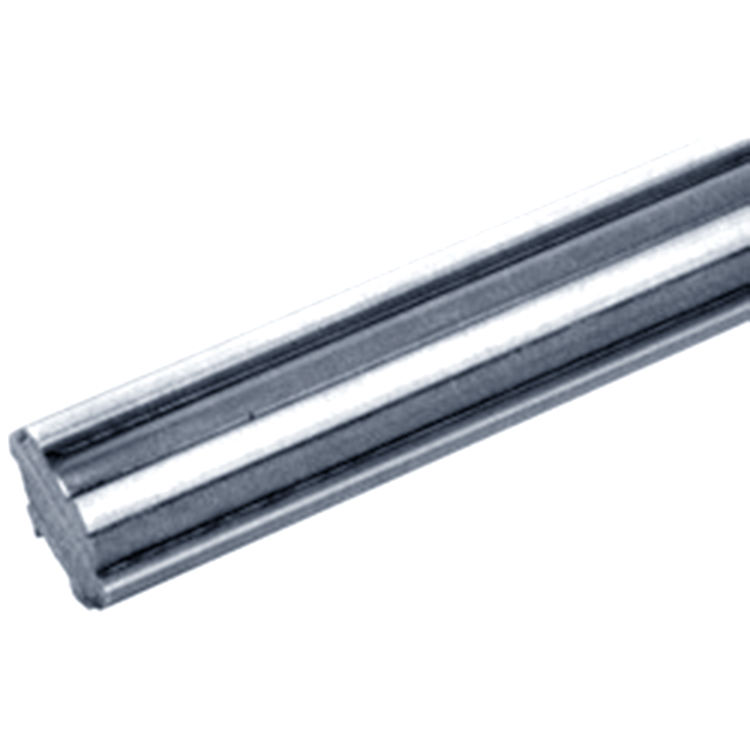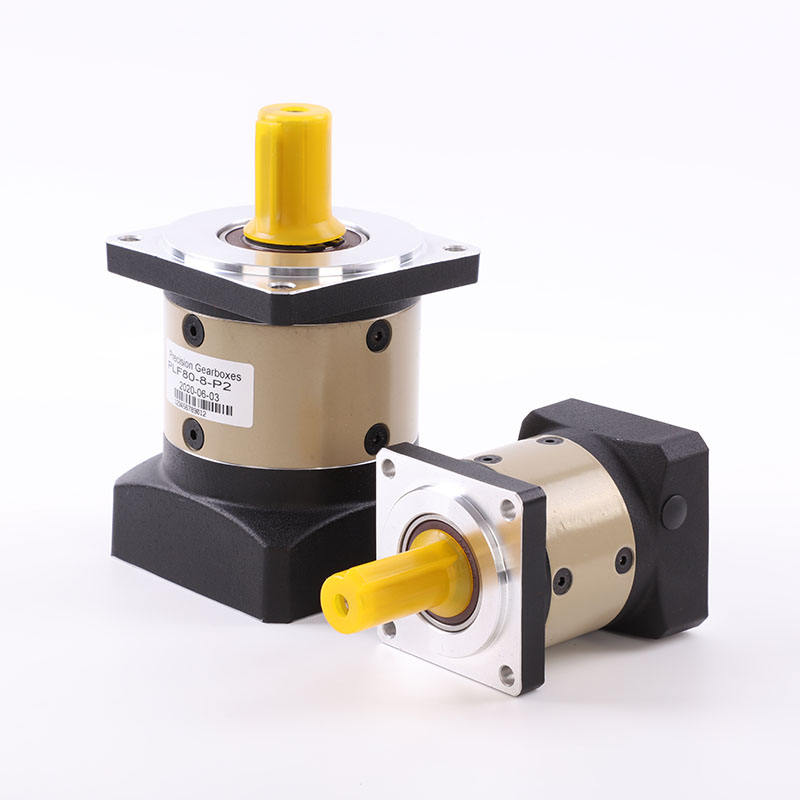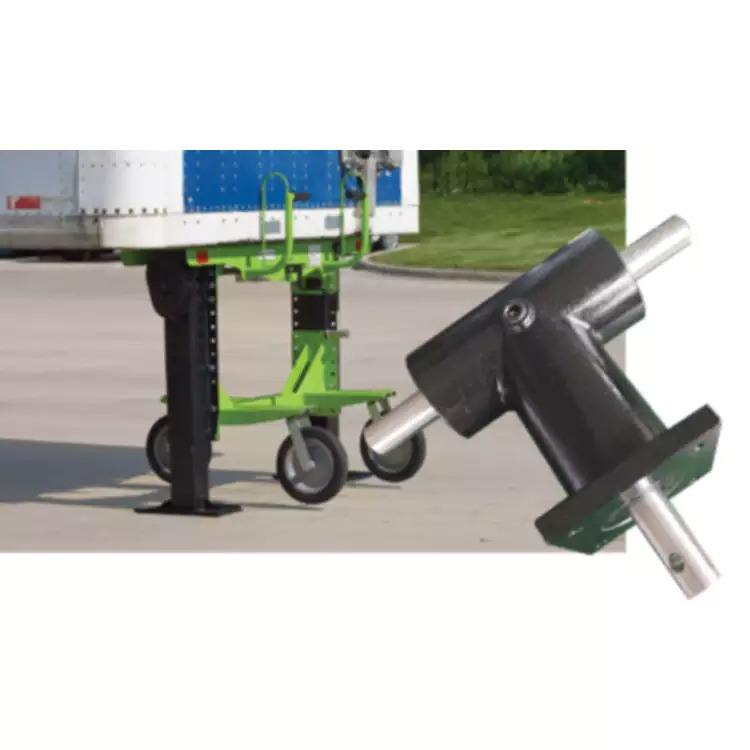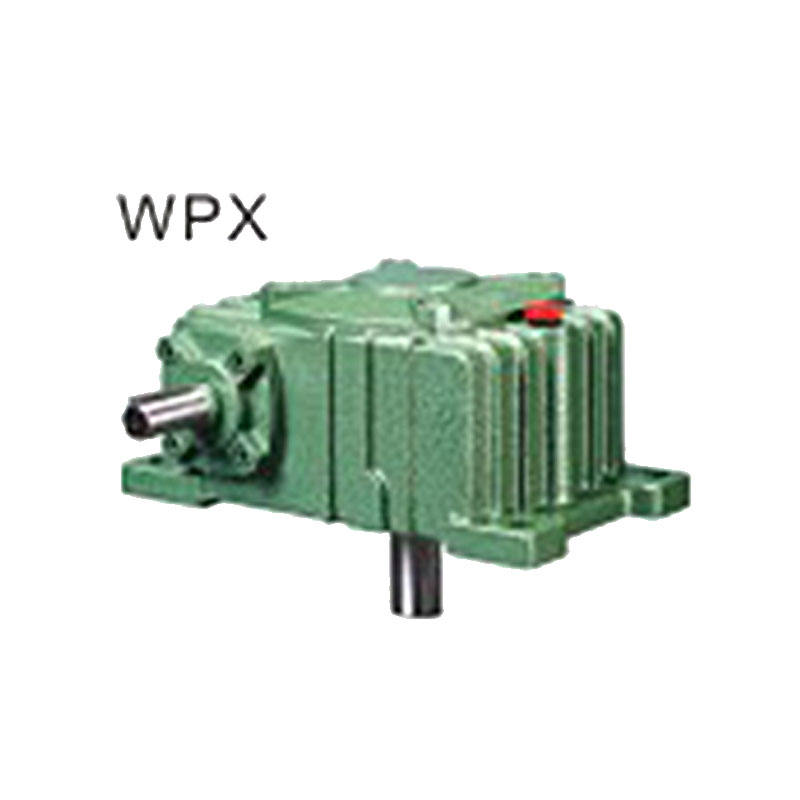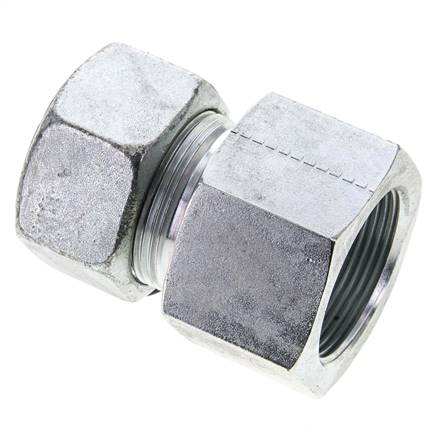A Planetary Reducer, also known as a planetary gearbox, is a high-precision gear system designed to transmit high torque in a compact and efficient manner. It consists of a central sun gear, multiple planet gears that rotate around the sun gear, and an outer ring gear that encloses the assembly. This configuration allows for significant speed reduction and torque multiplication, making it ideal for demanding applications in industries such as robotics, automotive, aerospace, and industrial machinery. Planetary reducers are valued for their durability, high power density, and smooth operation, providing reliable performance in various mechanical systems.
Understanding the technical specifications of a planetary reducer is crucial for selecting the right model for your application. Below are the key parameters detailed in lists and tables for clarity.
| Parameter | Description | Typical Range | Units |
|---|---|---|---|
| Reduction Ratio | Ratio of input to output speed | 3:1 to 100:1 | Ratio |
| Rated Torque | Maximum continuous torque capacity | 10 Nm to 5000 Nm | Newton-meters (Nm) |
| Backlash | Free movement between gears | <1 to 10 arc-min | Arc-minutes |
| Efficiency | Power transmission efficiency | 94% to 98% | Percentage (%) |
| Input Speed Max | Maximum input rotational speed | 3000 to 8000 RPM | Revolutions per minute (RPM) |
| Output Torque Peak | Peak torque handling for short durations | Up to 2x rated torque | Newton-meters (Nm) |
| Weight | Mass of the reducer unit | 0.5 kg to 50 kg | Kilograms (kg) |
| Operating Temperature | Ambient temperature range for operation | -20°C to 90°C | Degrees Celsius (°C) |
Planetary reducers are versatile components used in numerous industries due to their high torque density and compact design. Common applications include robotic arms and joints, where precision and reliability are paramount. In the automotive sector, they are found in electric vehicle drivetrains and power steering systems. Aerospace applications involve actuation systems for flight controls. Industrial machinery, such as conveyor systems, packaging equipment, and CNC machines, relies on planetary reducers for smooth and efficient power transmission. Their ability to handle high loads in confined spaces makes them indispensable in modern engineering.
What is the main advantage of a planetary reducer over other gear types?
The primary advantage is its high torque-to-size ratio, allowing it to transmit more torque in a smaller package compared to traditional gear systems. This is due to the load distribution across multiple planet gears, reducing stress on individual components and enhancing durability.
How do I select the right reduction ratio for my application?
Select the reduction ratio based on your desired output speed and torque requirements. Calculate it by dividing the input speed by the output speed. For instance, if you need high torque at low speed, choose a higher ratio (e.g., 10:1 or 20:1). Consult the manufacturer's specifications to match your motor's characteristics.
What maintenance is required for a planetary reducer?
Maintenance typically involves regular lubrication checks and changes, as specified by the manufacturer (e.g., every 10,000 hours of operation). Inspect for wear, backlash increase, or unusual noises. Sealed units may require less frequent maintenance, but always follow the operational guidelines to ensure longevity.
Can planetary reducers be used in high-temperature environments?
Yes, many planetary reducers are designed with materials and lubricants that withstand high temperatures, up to 90°C or more. Check the product specifications for the operating temperature range and consider additional cooling or special coatings for extreme conditions.
What causes backlash in a planetary reducer, and how can it be minimized?
Backlash is caused by gaps between gear teeth due to manufacturing tolerances or wear. It can be minimized by selecting reducers with pre-loaded bearings or low-backlash designs, proper installation, and regular maintenance. For precision applications, opt for models with backlash less than 5 arc-minutes.
Are planetary reducers suitable for bidirectional operation?
Yes, planetary reducers are designed for bidirectional operation, making them ideal for applications requiring reversible motion, such as in robotics or conveyor systems. Ensure the reducer is rated for the torque and speed in both directions to avoid premature failure.
How does the efficiency of a planetary reducer compare to other gearboxes?
Planetary reducers generally have higher efficiency (often above 95%) than many other gearbox types, such as worm gearboxes, due to their rolling contact and minimal sliding friction. This results in less energy loss and lower operating costs over time.
Can I customize a planetary reducer for specific applications?
Yes, manufacturers often offer customization options for reduction ratios, mounting configurations, shaft sizes, materials, and protection classes. Provide detailed requirements to ensure the reducer meets your application's unique demands, such as high precision or harsh environmental conditions.
